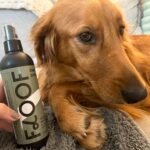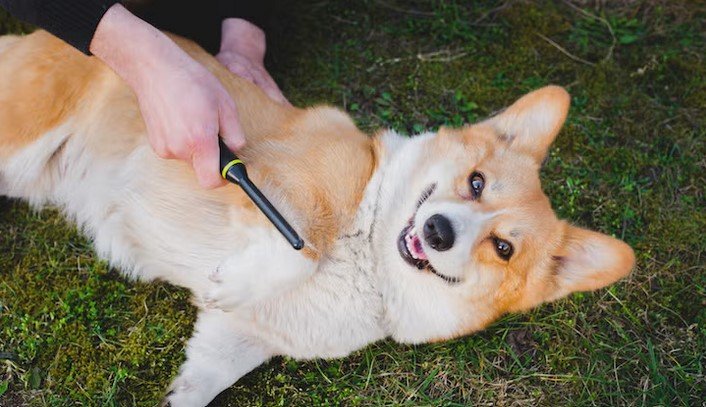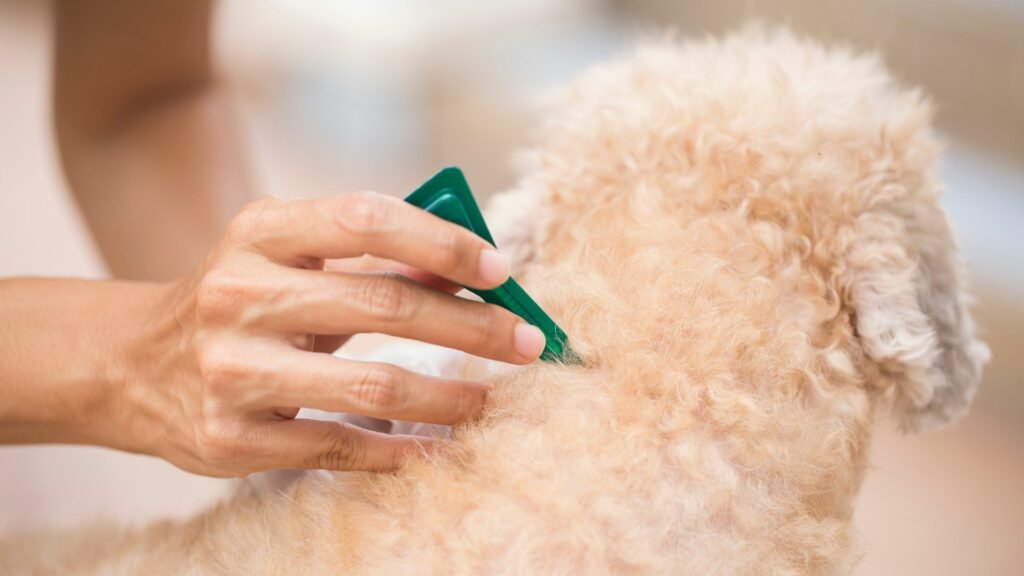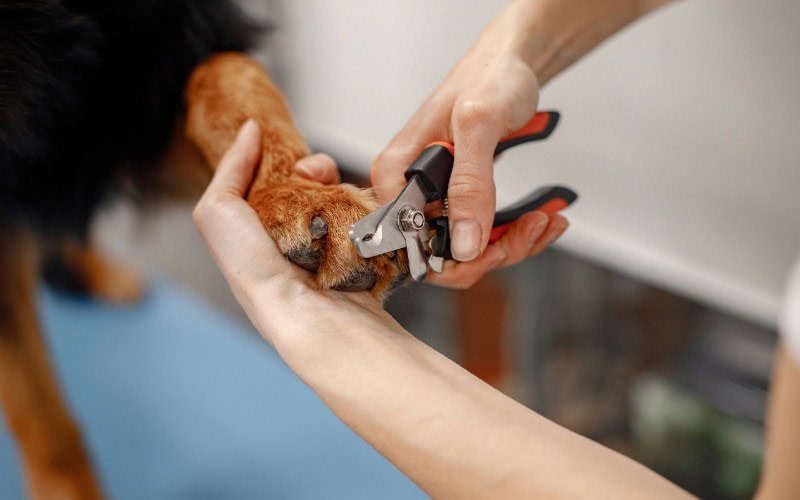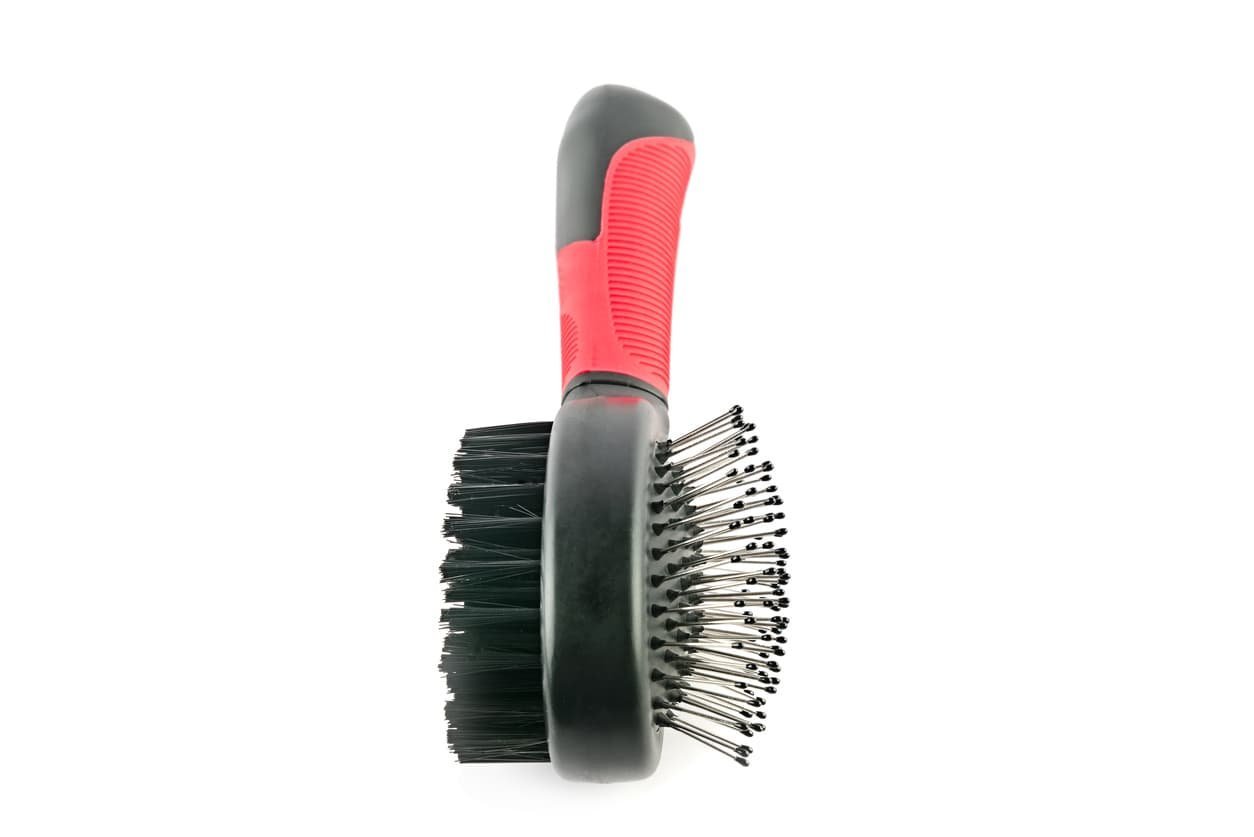Just like humans, dogs can have sensitive skin that requires special care and attention. Dogs with sensitive skin can suffer from irritations, allergies, or dryness, making grooming a bit more challenging. However, with the right approach and products, grooming can become a soothing and stress-free experience for your dog. In this post, we’ll explore effective grooming tips to ensure your dog’s sensitive skin stays healthy, clean, and comfortable.

Choose the Right Shampoo and Conditioner
The first step in grooming a dog with sensitive skin is selecting the right shampoo and conditioner. Many commercial dog shampoos contain harsh chemicals and fragrances that can irritate sensitive skin, leading to dryness, itching, or rashes. To avoid this, choose hypoallergenic or sensitive-skin formulas that are free from harsh chemicals, sulfates, and artificial fragrances.
Look for shampoos made with natural ingredients like oatmeal, aloe vera, and chamomile. These ingredients are known for their soothing and moisturizing properties, helping to calm irritation and hydrate the skin. For dogs with allergies, it’s best to choose a shampoo specifically designed to be gentle and non-irritating, ensuring it doesn’t trigger flare-ups.
Regular Brushing to Prevent Matting and Tangles
Brushing your dog regularly is essential for maintaining healthy skin, especially for those with sensitive skin. Matting and tangles can cause discomfort and even lead to skin infections. For dogs with sensitive skin, use a soft-bristled brush or a detangling comb to prevent irritation. Avoid using stiff brushes or combs that could scratch or damage the skin.
Brushing helps to remove dirt, debris, and loose hair, allowing the skin to breathe and reducing the chances of irritation. It also stimulates the production of natural oils, which helps to keep the skin moisturized. Depending on your dog’s coat type, brush them at least two to three times a week to prevent tangling and promote healthy skin.
Bathe Your Dog Carefully and Not Too Frequently
While bathing is an important part of grooming, overbathing can strip natural oils from your dog’s skin, leading to dryness and irritation. Dogs with sensitive skin should be bathed only when necessary—usually every four to six weeks, or when they’re particularly dirty. When you do bathe your dog, make sure to use lukewarm water, as hot water can exacerbate skin irritation.
During the bath, gently massage the shampoo into your dog’s coat, being careful not to scrub too hard. Rinse thoroughly to remove all traces of shampoo and conditioner. Leftover product can cause itching and discomfort, so it’s important to ensure the coat is completely clean and free from residue.
Dry Your Dog Properly
After bathing, it’s important to dry your dog gently, especially if they have sensitive skin. Avoid using a hairdryer on high heat, as the intense air can dry out the skin and cause irritation. Instead, use a soft towel to blot the water out of their coat. Be sure to dry thoroughly, paying attention to areas that may stay damp, such as between the paws or under the ears.
If your dog enjoys the sensation of a blow-dryer, use it on a cool setting and keep it at a distance. Always check that the air isn’t too hot or forceful, as it can irritate the skin. Drying your dog properly helps prevent skin infections and keeps them comfortable.
Manage Allergies and Fleas
If your dog suffers from allergies, it’s important to manage the triggers that could irritate their skin. Allergies to food, pollen, dust mites, or environmental factors like mold can lead to itchy, inflamed skin. Consult with your veterinarian to identify potential allergens and take steps to avoid them.
Fleas are another common cause of irritated skin in dogs. Ensure that your dog is on a regular flea prevention program. If your dog does get fleas, use a gentle, vet-approved flea treatment and comb your dog regularly to remove any pests. Flea bites can lead to intense itching, redness, and skin infections, so early treatment is crucial.
Use Moisturizing Products
For dogs with dry, flaky, or cracked skin, moisturizing products can help keep their skin hydrated and healthy. Look for pet-safe moisturizers or skin sprays specifically designed for sensitive skin. Products that contain ingredients like coconut oil, shea butter, or vitamin E can provide deep moisture and reduce irritation.
You can apply these moisturizing products after a bath or during regular grooming to keep your dog’s skin from becoming too dry. Always choose natural, non-toxic options to avoid further irritation. Additionally, you can ask your vet for recommendations on specific moisturizers that are safe and effective for your dog’s skin type.
Regular Vet Check-ups
Finally, if your dog has sensitive skin or suffers from persistent skin issues, regular vet check-ups are essential. Skin problems can sometimes be a sign of underlying health conditions such as allergies, infections, or even thyroid imbalances. Your vet can help identify the cause of your dog’s skin issues and recommend treatments to address them.
In addition to providing advice on products and treatments, your vet may suggest dietary changes, supplements, or medications to help manage sensitive skin. Regular visits ensure that any potential skin conditions are addressed before they become more serious.
Conclusion
Grooming a dog with sensitive skin requires special care, but with the right approach, it can be a comfortable and enjoyable experience for both you and your pet. By choosing gentle grooming products, brushing regularly, and keeping your dog’s skin moisturized, you can reduce irritation and promote healthy skin. With patience and consistency, your dog will not only look their best but feel their best too.





